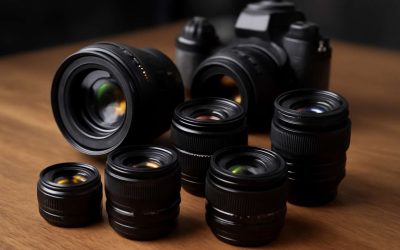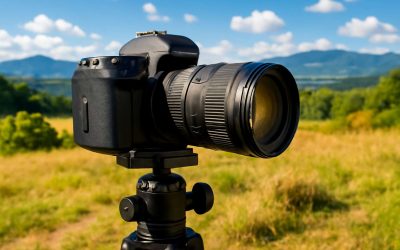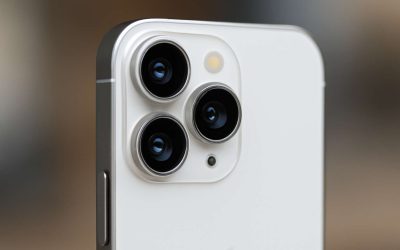
The Sony FE 24-70mm f/4.0 G OSS is a versatile, wide-aperture, E-mount lens that can deliver high-quality images. It is fast, quiet, and has excellent autofocus. Optical SteadyShot image stabilization is built in to ensure stability when shooting videos. A 11-blade iris diaphragm helps achieve crisp focus. This lens also features a power zoom mechanism, which allows for greater control over focal length.
One of the most notable features of this telephoto zoom lens is the ability to use optical image stabilization. It gives the user more flexibility when shooting hand-held, and it can help to reduce the camera’s ISO as well. In addition to the telephoto capabilities, this lens is ideal for sports and portrait photography. With its 9-bladed aperture, a wide-open f/4.0 maximum aperture, and ED glass elements, this lens is ideal for capturing stunning images.
Other notable features of this lens include the presence of a magnification scale and focus-by-wire technology. As with most other Sony lenses, the FE 24-70mm f/4.0 also includes an aperture ring and a focus hold button. These features are useful for videography, and the ring can be clicked to trigger a movie clip.
In addition to its telephoto capabilities, this lens is a great choice for sports, landscapes, and nighttime photography. Its constant f/4 maximum aperture ensures optimal low-light performance. Furthermore, the lens’ high-contrast imaging throughout its zoom range is a plus. Its XA, Super ED, and ED glass elements provide superior clarity. Lastly, its Sony Nano AR coating delivers a superior level of resistance to scratches and fingerprints.
There are many other Sony FE-mount lens options to choose from. Whether you are looking for a prime or a zoom lens, there are plenty to choose from. Many owners of Sony APS-C sensors prefer to use full-frame lenses for their cameras. Although full frame E-mount Sony lenses are available, some APS-C users may find that they lack the flexibility they need. If you are in this situation, you may want to consider using a third-party lens. Third-party manufacturers often offer more zoom ranges and a lower price tag. However, you can never know for sure if your lens will communicate with your camera.
Another consideration to make is the amount of distortion you will experience. Ultra-wide zoom lenses have some amount of pincushion distortion. On the other hand, the Sony 85mm f/1.4 has minimal aberration. Distortion can increase as you zoom in, but you will not have to worry about this in most situations. For example, interior photography does not need dramatic distortion.
For those who enjoy wildlife photography, a telephoto lens is the ideal option. It will capture subjects without harming their natural expressions. Also, it is ideal for long-term wildlife recordings. When selecting a telephoto lens, you should make sure to choose a lens that is 135 mm or larger. That size will allow for a stable focus during long-term recordings.
Finally, if you’re interested in videography, you should consider a lens with autofocus. While most of the recent Sony cameras have impressive autofocus, you should still take into account the fact that you might have to manually adjust your focus at times.



0 Comments